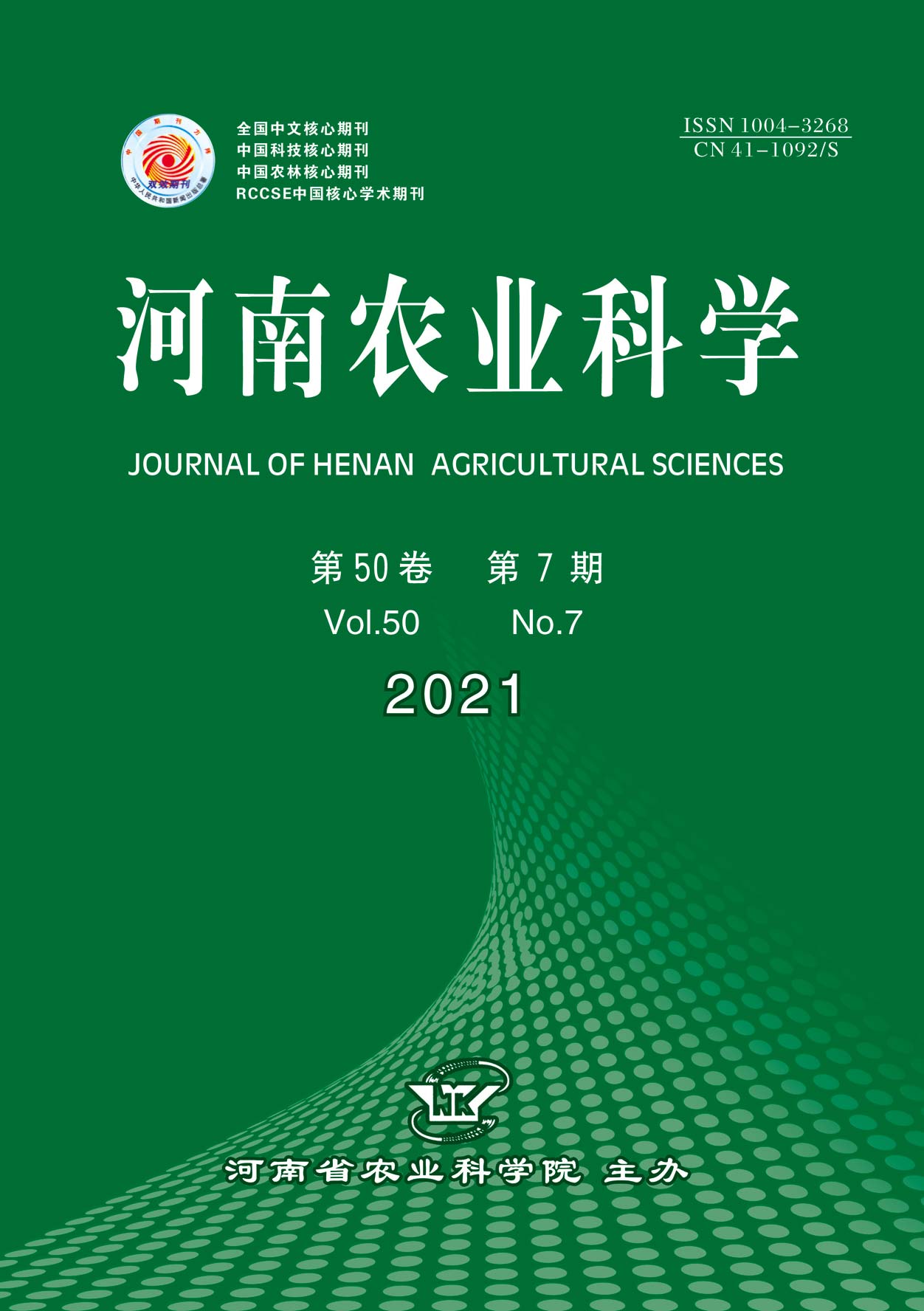CRISPR/Cas9(clustered regularly interspaced short palindromic repeats/CRISRP‑associated nuclease 9)is a new type of genome⁃directed editing technology after ZFNs(zinc finger nucleases)and TALENs(transcription activator like effector nucleases).Compared with the previous two generations of technology,it has the characteristics of simplicity and high efficiency.CRISPR/Cas9 is not only a basic research tool,but also has become one of currently useful molecular breeding tools,and important progress has been made in crop genetic improvement. The structure,classification,action mechanism of the CRISPR/Cas9 system and its application progress in crop quality improvement,yield enhancement,resistance breeding and male sterile material selection were reviewed,its existing problems were discussed,and its application prospects were prospected.
